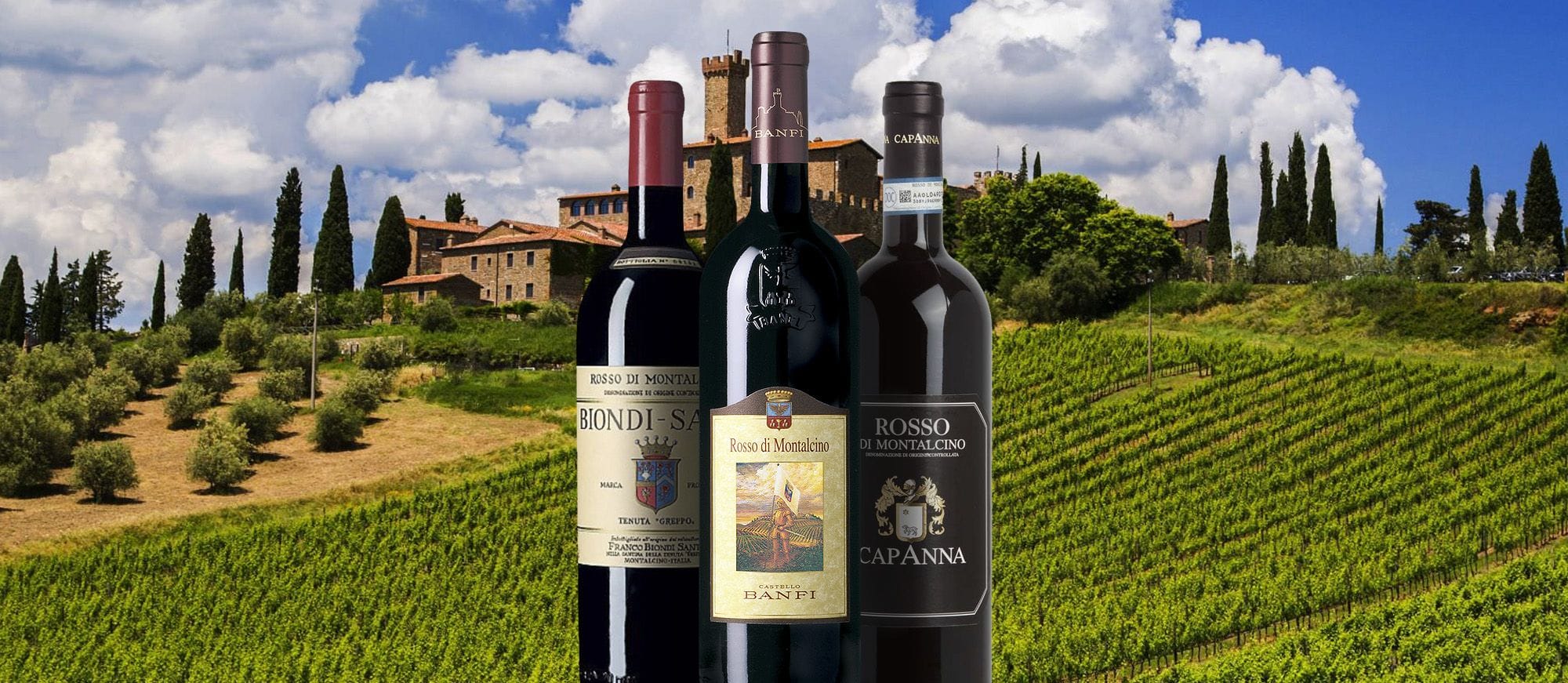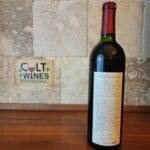So, the “Tuscan red wines” clue in the New York Times crossword puzzle of July 10, 2024, had you stumped? You’re not alone. While “CHIANTIS” (the correct 8-letter answer) might have sprung to mind for many, the world of Tuscan reds stretches far beyond this familiar favorite. This article serves as your passport to Tuscany’s vineyards, exploring the nuances of its wines, from the celebrated Chianti Classico to the bold Super Tuscans. Discover the unique educational opportunities available within the Wellton Elementary District, or explore the rich history and vibrant community of Whitwell TN County.
Sangiovese: The Heart of Tuscan Wine
Sangiovese isn’t merely a grape in Tuscany; it’s the grape. This remarkable varietal, often described as a viticultural chameleon, adapts to its surroundings, expressing itself in a myriad of ways. One bottle might showcase bright cherry and a whisper of spice, while another reveals deeper notes of leather and tobacco. This diversity is largely due to terroir – the intricate interplay of soil, climate, and environment that shapes a wine’s character. Some experts even suggest that subtle energy differences in the land may play a role, although this remains more of a spiritual concept than a scientifically proven fact. Understanding Sangiovese is likely the key to unlocking Tuscan wine itself.
Beyond Chianti: Exploring Tuscan Treasures
While Chianti Classico reigns as the most well-known Tuscan red (and the likely solution to that NYT crossword clue), Tuscany boasts a wealth of other dry red wines waiting to be uncorked. Journey to Montalcino, home of the majestic Brunello di Montalcino, crafted entirely from Sangiovese Grosso (a close relative of Sangiovese). This wine demands patience, rewarding connoisseurs with evolving flavors of black cherry, leather, tobacco, and an earthy depth. Ongoing research into the subtle distinctions between Sangiovese and Sangiovese Grosso suggests our understanding of these nuances may still evolve.
Then, there’s the elegant Vino Nobile di Montepulciano, another Sangiovese-driven masterpiece offering a refined expression of Tuscan terroir. Imagine silky tannins, delicate violet aromas, and a lingering finish. The debate continues as to which style reigns supreme, but ultimately, the “best” Tuscan wine is the one that delights your individual palate.
Super Tuscans: A Rebellious Spirit
Super Tuscans emerged as a bold departure from tradition. In the 1970s, pioneering winemakers, like Massimo Piccin, began blending Sangiovese with international varieties such as Cabernet Sauvignon and Merlot, challenging the established DOC regulations. These powerful, concentrated wines, often brimming with ripe fruit and oaky nuances, represent a modern chapter in Tuscan winemaking history. One standout is Tenuta San Guido’s “Le Difese.” Some might even consider Super Tuscans the rock stars of the Tuscan wine world. But are they sweet? We’ll delve into that shortly.
Navigating the Tuscan Wine Landscape
Here’s a quick guide to help you embark on your own Tuscan wine adventure:
| Wine | Grape(s) | Flavor Profile | Food Pairing Suggestions |
|---|---|---|---|
| Chianti Classico | Sangiovese (min. 80%) | Cherry, plum, spice, earthy undertones | Tomato-based pasta, grilled meats, pizza |
| Brunello di Montalcino | Sangiovese Grosso (100%) | Black cherry, leather, tobacco, earth | Roasted meats, game, aged cheeses |
| Vino Nobile di Montepulciano | Sangiovese (min. 70%) | Red fruit, violet, spice, elegant tannins | Hearty stews, pasta with meat ragù |
| Super Tuscan | Varies (often Sangiovese with international varieties) | Bold, concentrated, ripe fruit, oaky notes | Grilled steak, lamb, hard cheeses |
Tuscan Red Wine: A Deeper Dive
Tuscan reds are practically synonymous with Sangiovese. This grape thrives in Tuscany’s varied landscapes, from the slopes of Chianti to the coastal Maremma region. The region’s diverse microclimates and soil types, combined with winemaking techniques, shape each wine’s unique personality. Chianti Classico, from a designated high-quality zone, exemplifies Sangiovese’s potential with its balance of fruit, earthiness, and acidity. Other notable Tuscan reds include the age-worthy Brunello di Montalcino, the refined Vino Nobile di Montepulciano, and the rebellious Super Tuscans.
A Taste of Tuscany: Where to Find It
| Wine | Price (approx.) | Retailer |
|---|---|---|
| 2016 Rosso, Monte Bernardi | £310.00 | Berry Bros. & Rudd |
| Brunito Rosso Toscana IGT 2022, Cantine Leonardo Da Vinci | £12.75 | The Great Wine Co. |
| 2013 Saffredi, Le Pupille | £450.00 | Berry Bros. & Rudd |
(Note: Prices and availability are subject to change.)
Ongoing research continues to unravel the complex interplay of factors that contribute to the magic of Tuscan wine. While Sangiovese currently reigns supreme, the future may hold exciting new discoveries and blends.
Dry Tuscan Reds: Beyond the Basics
Tuscany offers a remarkable variety of dry red wines. Sangiovese’s versatility shines through in the lighter styles of Chianti and the more complex Brunello di Montalcino. Vino Nobile di Montepulciano provides a refined alternative, while Super Tuscans challenge conventions with their bold blends.
| Wine | Grape(s) | Style |
|---|---|---|
| Chianti Classico | Primarily Sangiovese | Medium-bodied, red fruit, earthy |
| Brunello di Montalcino | 100% Sangiovese Grosso | Full-bodied, complex, age-worthy |
| Vino Nobile di Montepulciano | Primarily Sangiovese | Medium- to full-bodied, elegant, refined |
| Super Tuscans | Sangiovese, Cabernet Sauvignon, Merlot, etc. | Varies, often bold and age-worthy |
“Famous all over the world, it’s been defined ‘the most Italian of all wines’.” – Love From Tuscany
Decoding Super Tuscans: Sweet or Dry?
Contrary to what the name might suggest, Super Tuscans are generally dry, containing very little residual sugar. While ripe tannins and concentrated fruit can create an illusion of sweetness, the wines themselves are far from sugary. Their bold character typically features notes of dark cherries, plums, smoky undertones, and earthy hints. Each Super Tuscan reflects the distinct terroir and winemaking style of its creator.
- Georgia Platform: A Southern Strategy, 1850s - March 31, 2025
- How many weeks is 40 days: Quick Conversion Guide for Accurate Results - March 31, 2025
- How many feet is 300 meters? 984 Feet: Understand Length Conversions Easily - March 31, 2025
















